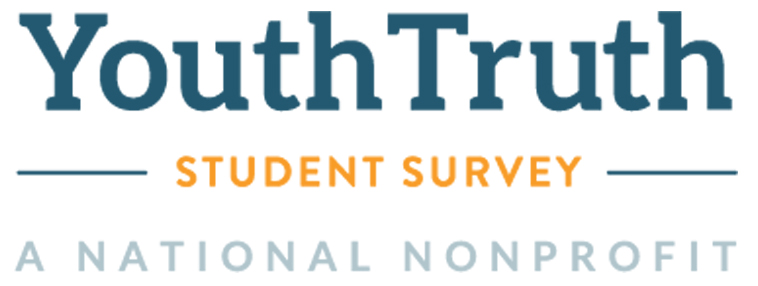

With schools gone virtual and live conversations with students no longer possible, listening to students can feel harder than ever. There is always an inherent challenge for teachers, administrators, and education funders in authentically listening to students, given the power dynamics at play. But now, with new challenges of physical distance and an increased potential for lines of communication to fracture, it is all the more crucial to ensure that students’ voices aren’t overlooked. ![]()
That’s why, earlier this week, YouthTruth launched a free, national survey to gather insights from secondary students about their learning experiences, social and emotional development, and wellbeing while their school sites have been closed. This survey can help educators and education funders gather the unique perspectives of students on their experiences right now. We believe that these insights, when brought to the field quickly, have the power to help educators and education funders adapt their approaches to schooling and target resources where they are needed most.
The spirit of this new survey connects to a broader conversation in philanthropy that Valerie Threlfall, Fay Twersky, and Melinda Tuan of Fund for Shared Insight recently discussed on the CEP blog. In their post, they reflect on how foundations can listen to communities least heard, amplify those voices, and incorporate those perspectives into their decision-making.
As executive director of YouthTruth, I — alongside my colleagues — have been thinking a lot about how the commitment to listening to communities least heard manifests itself in the U.S. K-12 education sector. Over the last decade, YouthTruth has partnered with hundreds of school systems and education funders on the firm belief that hearing directly from students about their school experiences — and incorporating what is learned into decision-making — improves the effectiveness of school systems and education funders, which in turn strengthens our nation’s schools for the benefit of those students.
Now, of course, the context is different. With an estimated 50 million students whose schools have closed this spring, what does it mean to hear directly from students today?
Education in the U.S., as across the globe, has seen a drastic disruption as schools have closed due to the COVID-19 pandemic. As educators shift to emergency distance learning, questions of access, equity, and student wellbeing have been brought to the fore as technology becomes the dominant medium for student learning and personal connection. ![]()
And yet, in this moment of rapid response and significant change in how students experience school and learning, there is little data available about how the pandemic is affecting the lived experiences of students. Individual schools and systems are reaching out to their students and communities, but early efforts have, understandably, tended to focus on access and logistics. Meanwhile, national feedback efforts have tended to focus on asking parents and guardians or teachers and school staff about their experiences and perspectives.
There is no doubt that those perspectives matter. Families and educators alike are navigating uncharted waters. At the same time, of course, their perspectives are not the same as — nor are they a stand-in for — the perspectives of students themselves.
There are so many vital questions right now that the student perspective can help answer, which in turn can help educators best serve students in this challenging time. What is uniquely challenging about learning in the age of COVID-19? How are the ways in which students are connecting with their teachers and peers working, and where are they falling short? What are students’ days like in the absence of the traditional structures of the school day? How are different students affected differently? In what ways are students unexpectedly thriving?
It is all too easy to guess how students might be experiencing the COVID-19 pandemic and the ways it might be transforming their education and lives. To find meaningful answers to these questions, we need to ask students themselves. After all, students are the experts on their own experience.
At some point, schools will reopen. We don’t know exactly when, and we don’t know exactly what the blend of in-person and virtual learning will look like. There are many uncertainties, but we do know that students’ voices must be central to the way school is reimagined. And we need to take that to heart now. ![]()
Jen Vorse Wilka is executive director of YouthTruth. Follow YouthTruth on Twitter at @Youth_Truth.
